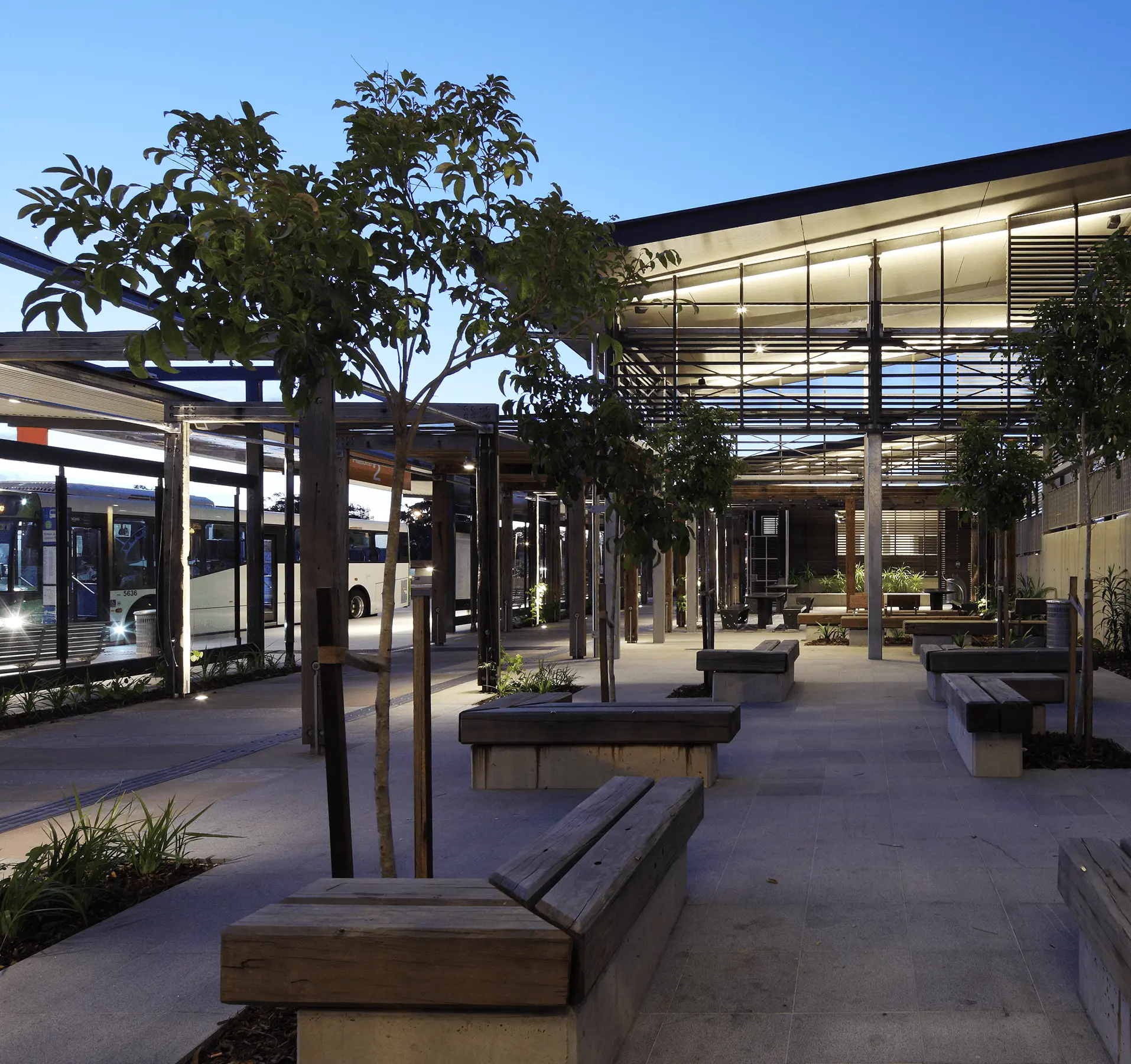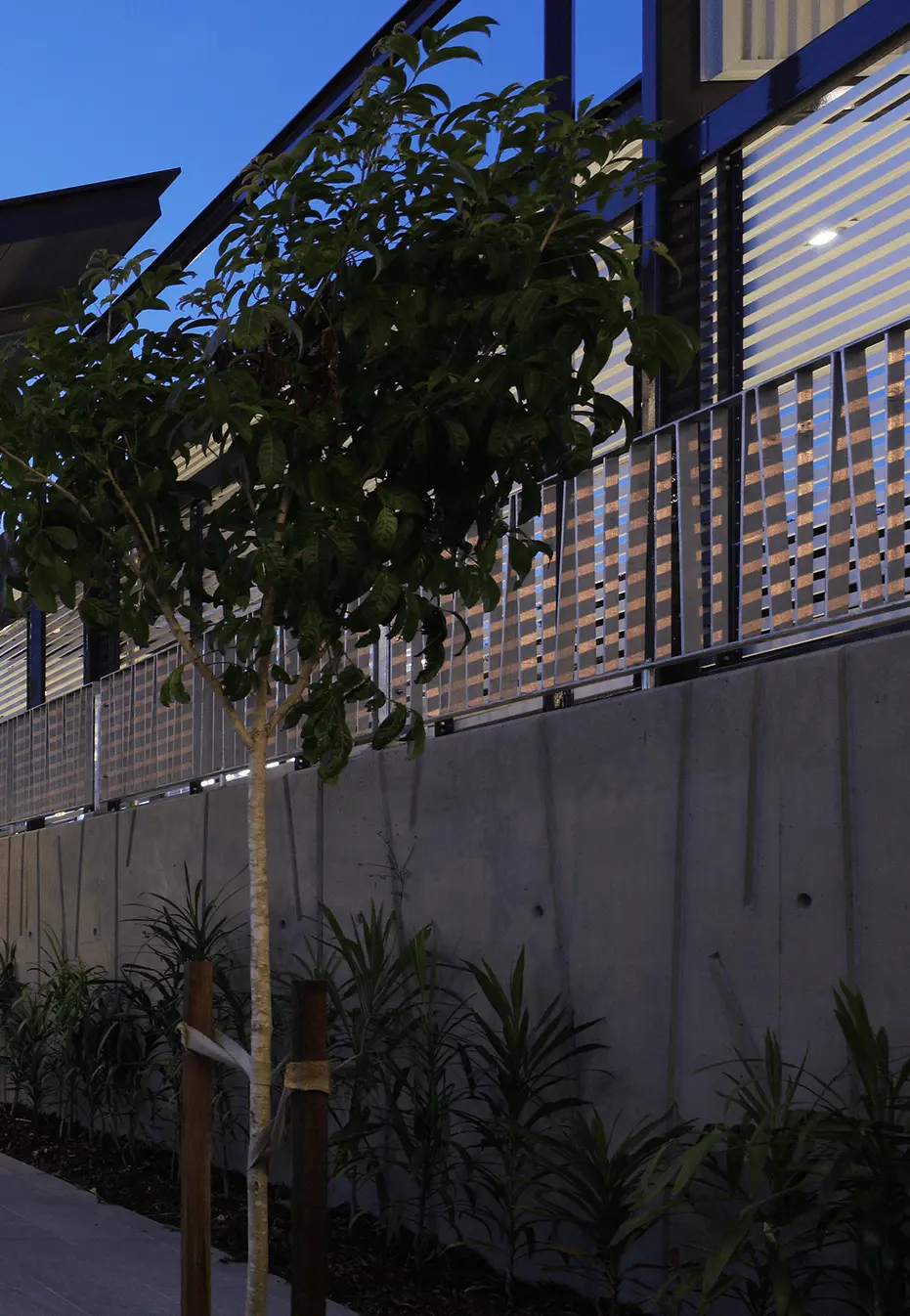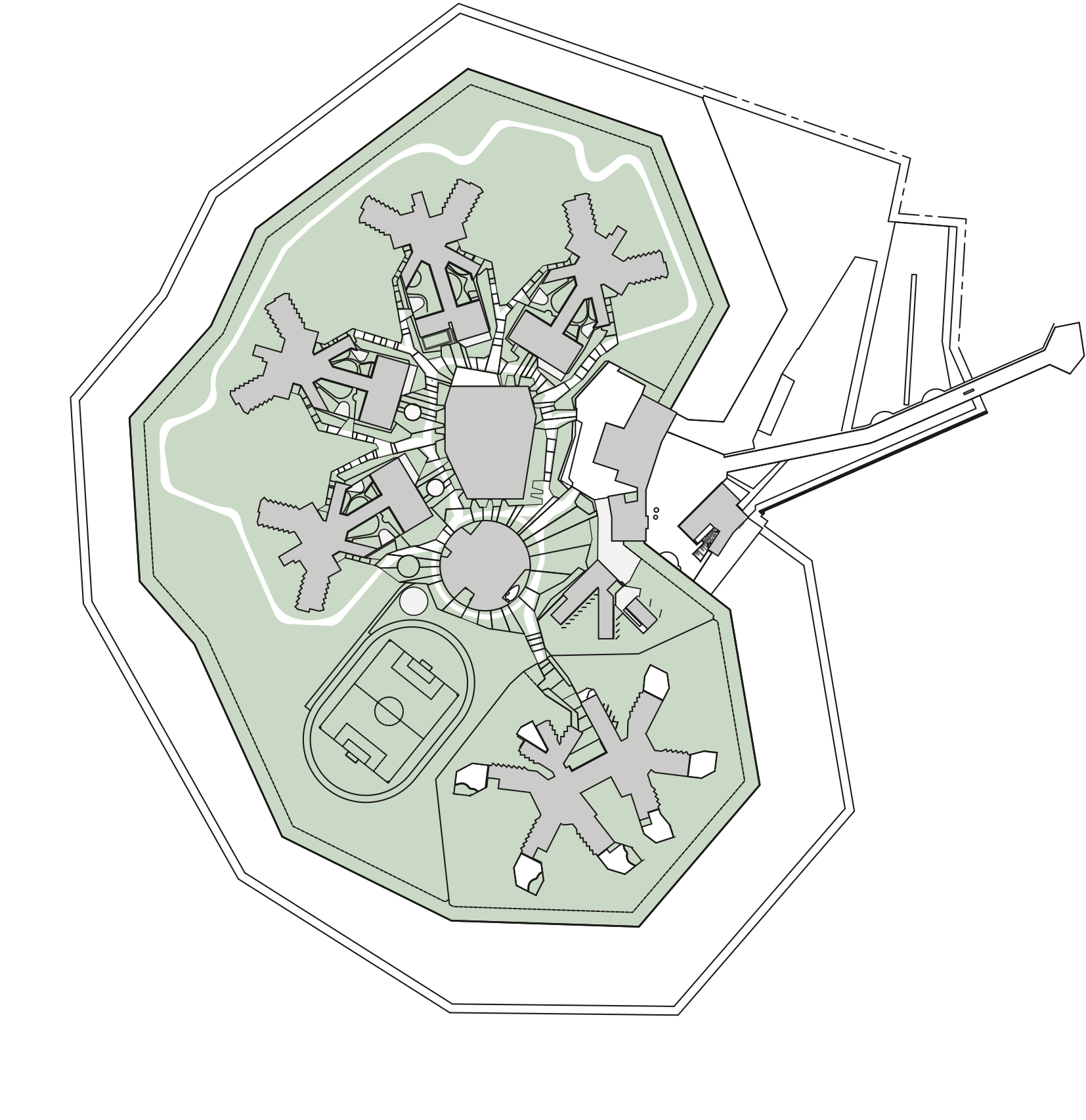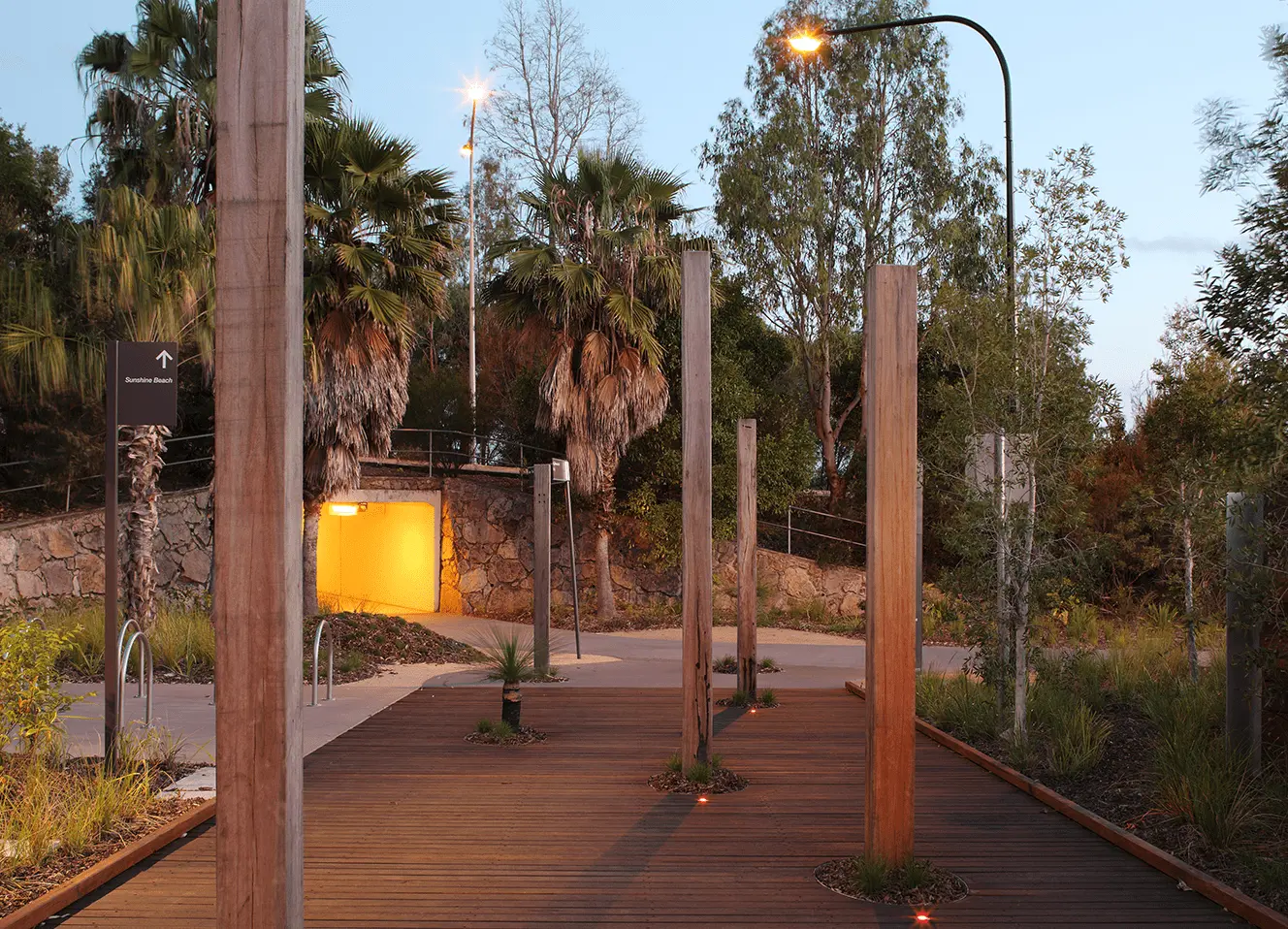











Noosa Junction Station
ARCHITECTURE
/
LANDSCAPE
/
INTERIORS
Noosa Junction Station
With a desire to create an integrated transit hub to service the greater Noosa area and revitalise the Noosa Junction commercial precinct, Translink and the Sunshine Coast Regional Council employed Guymer Bailey Landscape, Bark Design, and Sinclair Knight Merz to design the $12 million Noosa Junction Station.
Inspired by the Aboriginal meaning of Noosa -‘Place of Shade’ - the design uses shade structures and vegetation to filter pattern light into a series of outdoor spaces that reinforce Noosa’s distinct subtropical and coastal character. The Noosa Junction Station is the perfect example of an integrated solution, providing easy access to public transport with seven bus bays, shady footpaths for pedestrians and cyclists, relaxing sitting areas for the public, and an art display illuminated at night.
Designed to support the Sunshine Coast Regional Council’s vision to make Noosa one of Australia’s most sustainable regions, the Noosa Junction Station has a number of sustainable features. The arbour and public seating are made from recycled hardwood timbers and over 6,700 new trees, shrubs and ground covers have been planted while still retaining much of the site’s existing vegetation.
Stage A works included the refurbishment and extension of an existing two-storey classroom block as well as the construction of a new covered walkway through the centre of the school.
PROCESS
Inspired by the Aboriginal meaning of Noosa -‘Place of Shade’ - the design uses shade structures and vegetation to filter pattern light into a series of outdoor spaces that reinforce Noosa’s distinct subtropical and coastal character. The Noosa Junction Station is the perfect example of an integrated solution, providing easy access to public transport with seven bus bays, shady footpaths for pedestrians and cyclists, relaxing sitting areas for the public, and an art display illuminated at night.
METHODOLOGY
Designed to support the Sunshine Coast Regional Council’s vision to make Noosa one of Australia’s most sustainable regions, the Noosa Junction Station has a number of sustainable features. The arbour and public seating are made from recycled hardwood timbers and over 6,700 new trees, shrubs and ground covers have been planted while still retaining much of the site’s existing vegetation.
AWARDS
2012
Planning Institute of Australia
Great Place Award, Queensland – Excellence
TRADITIONAL CUSTODIANS OF THE LAND
The Gubbi Gubbi People
COMPLETION
2011
LOCATION
Noosa Heads, Queensland
CLIENT
Translink and Sunshine Coast Regional Council
PROJECT CONTACT
PHOTOGRAPHY
Scott Burrows Photography
VALUE OUTCOMES
“GB-A were an absolute pleasure to work with. The team on site and in the office never cut corners and were committed to delivering a very high quality project.”
Jim Spainard, Golburn Enterprise


Designing for a sustainable future is a core part of our organisational philosophy. Drawing on the knowledge from our Greenstar accredited team members and specialist consultants in environmentally sustainable design, we ensure our project teams integrate creativity with scientific rigour, to create designs that are conscientious of the natural environment and local ecology. Designing for a sustainable future is a core part of our organisational philosophy.
PRINCIPLES OF PASSION
During the design process, our project team not only considers the physical context of the designs but also examines the social and cultural context. Through every design, we look for ways to inspire positive attitudes, behaviours and emotional responses in people to encourage the responsible use of resources, increase cooperation among occupants, and communicate the values of society and cultural diversity.
Designing for a sustainable future is a core part of our organisational philosophy. Drawing on the knowledge from our Greenstar accredited team members and specialist consultants in environmentally sustainable design, we ensure our project teams integrate creativity with scientific rigour, to create designs that are conscientious of the natural environment and local ecology.


We design built environments from a holistic, sustainable perspective: each project reconciles ecological and social impacts within the current economic climate. We holistically evaluate environmental, cultural and financial sustainability in every task we undertake.
